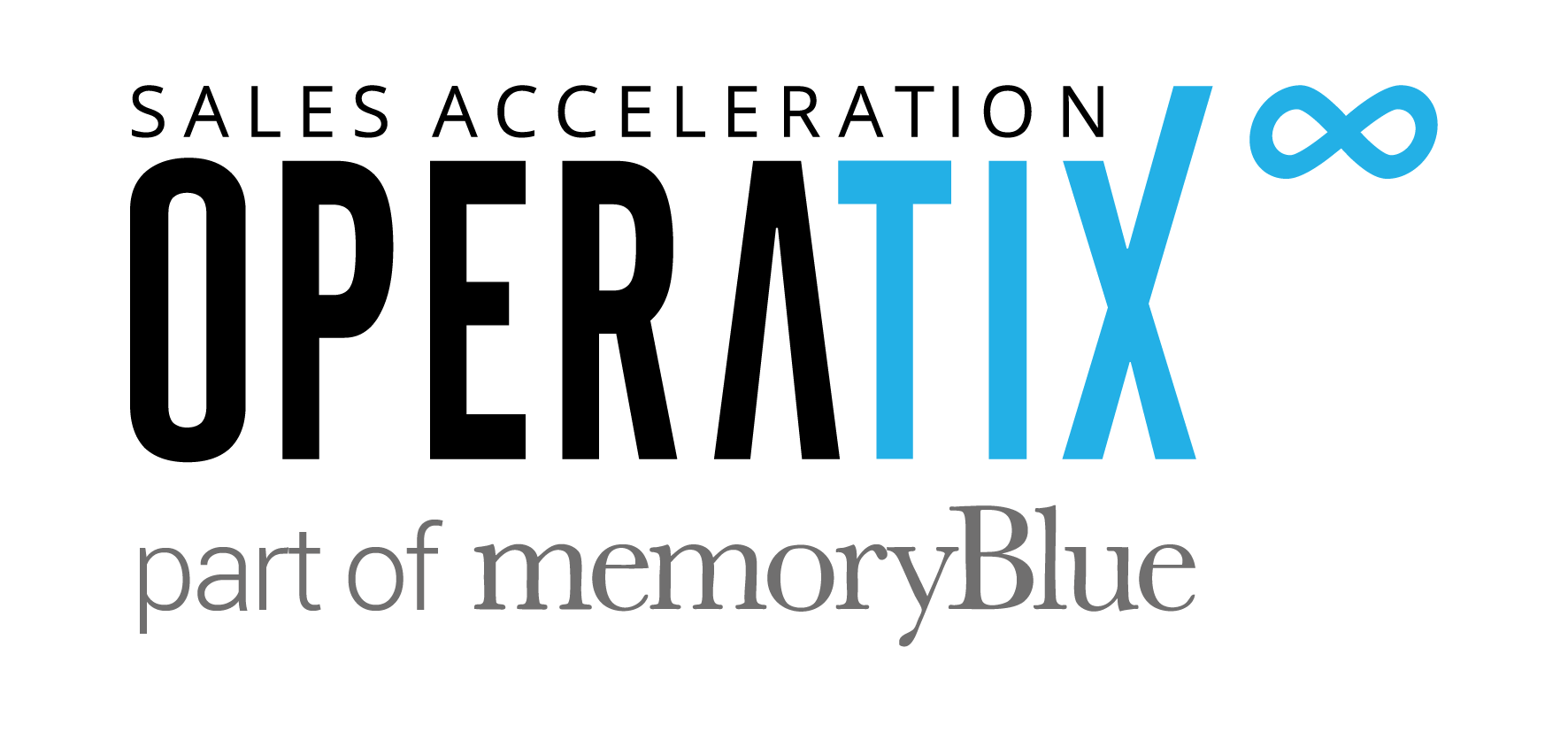Everybody is looking at data. Everybody is trying to make sense of the data that’s coming in. Whether from a privacy standpoint, or a productivity standpoint, data is king. But how do you harness that data to inform good decision making?
To hear the answer to this question we interviewed Todd Abbott, CEO at InsightSquared, about utilizing data & technology to create scalable sales processes.
We talked about the key elements to consider when trying to build a scalable sales process, what data points you need to collect, and the biggest mistakes companies make when trying to scale their sales processes.
Key elements in a repeatable scalable sales process
According to Todd, it’s contextual depending upon the business type.
Linear sales process
Over the last 5-7 years, we’ve begun to see companies leverage technology to enable repetition and scale in the linear sales process. Linear sales includes companies with shorter sales cycles.
“You’ve had sales sequencing technology that has enabled your BDRs or SDRs to run a process,” Todd says. “They’ll make a call, send an email, wait three days, do this X, Y, and Z.”
The technology has really helped scale top-of-the-funnel activities for those kinds of transactions.
Non-linear sales process
The challenge for companies has been with deals that are larger and that have a longer sales cycle. The lack of data in these nonlinear sales processes have made it difficult to make them repeatable.
It’s a major contributing factor to the short tenures (16-18 months) of a CRO in a VC-backed company. They haven’t been able to define a repeatable sales process that removes friction and brings together marketing, field enablement, and ops.


In order to leverage machine learning analytics, you need to have a good sample size. Typically you need to have 150-200 wins under your belt.
Todd Abbott – CEO at InsightSquared
Sales under the belt
You can’t leverage machine learning effectively until you have enough data.
That requires a couple successful sales under your belt. Ideally you should have 150-200 wins, which means you probably have a correspondingly large number of losses.
Once you get to that point, machine learning technology can be very effective at analyzing your process and predicting what you need to do to succeed.
It’s all about customer engagement.
“There’s nothing better to assess the health of a deal than how the customer is engaging with your team,” says Todd.
All success stems from that. If the value proposition is resonating with them, they’ll respond to your email, they’ll schedule the next meeting, and they’ll look at your sales material.
So, what machine learning can do is look at the makeup of your wins and extrapolate similarities. Then it can look at the deals in your funnel as they’re progressing and indicate which deals look healthy and which do not.
All success stems from that. If the value proposition is resonating with them, they’ll respond to your email, they’ll schedule the next meeting, and they’ll look at your sales material.
So, what machine learning can do is look at the makeup of your wins and extrapolate similarities. Then it can look at the deals in your funnel as they’re progressing and indicate which deals look healthy and which do not.


CRM was never designed to be a territory management tool for the rep. It’s not really a rep tool. It’s a database.
Todd Abbott – CEO at InsightSquared
What data points should you collect
Until recently, all the data we had to go on was dependent on what the rep entered into the CRM. Typically, reps don’t like entering data into the CRM because it’s time consuming. They’d rather be out selling.
But now, technology exists that can automatically capture all of the digital engagement between the customer and the entire organization, not just the rep. It sits between the CRM system and the email calendaring system and keeps track of all digital engagement that occurs.
What is needed from the rep to make the system more effective is context.
The system will capture when new individuals are added to email conversations or to meetings. But without context as to who they are and how they fit into the puzzle of the deal, it won’t be able to put that person into the context of a persona within an account within an ABM structure.


The biggest mistake I see is that teams are not spending enough time on early-stage funnel conversion
Todd Abbott – CEO at InsightSquared
Biggest mistake that companies make
Todd often sees that customer teams are not spending enough time on early-stage funnel conversion. Most teams focus on the mid-to-late stage of the funnel because that’s where their win rate is highest.
But imagine if you could improve your conversion rates in that initial qualification and discovery phase and get 10% more deals into the mid-to-late phase when your team executes the highest conversion rates. That would lead to a greater number of closed deals overall.
“Whatever your qualification process, you have to be selling,” says Todd.
Not enough customers spend time developing those early-stage sales skills that will have the biggest impact on throughput.
But with further training and resources devoted to this, you can be well on your way to developing a scalable, repeatable sales process that delivers powerful results for your organization.
Get in touch with Todd on LinkedIn or at InsightSquared.
To hear this interview and many more like it, subscribe to The B2B Revenue Acceleration Podcast on Apple Podcasts, on Spotify, or on our website.




